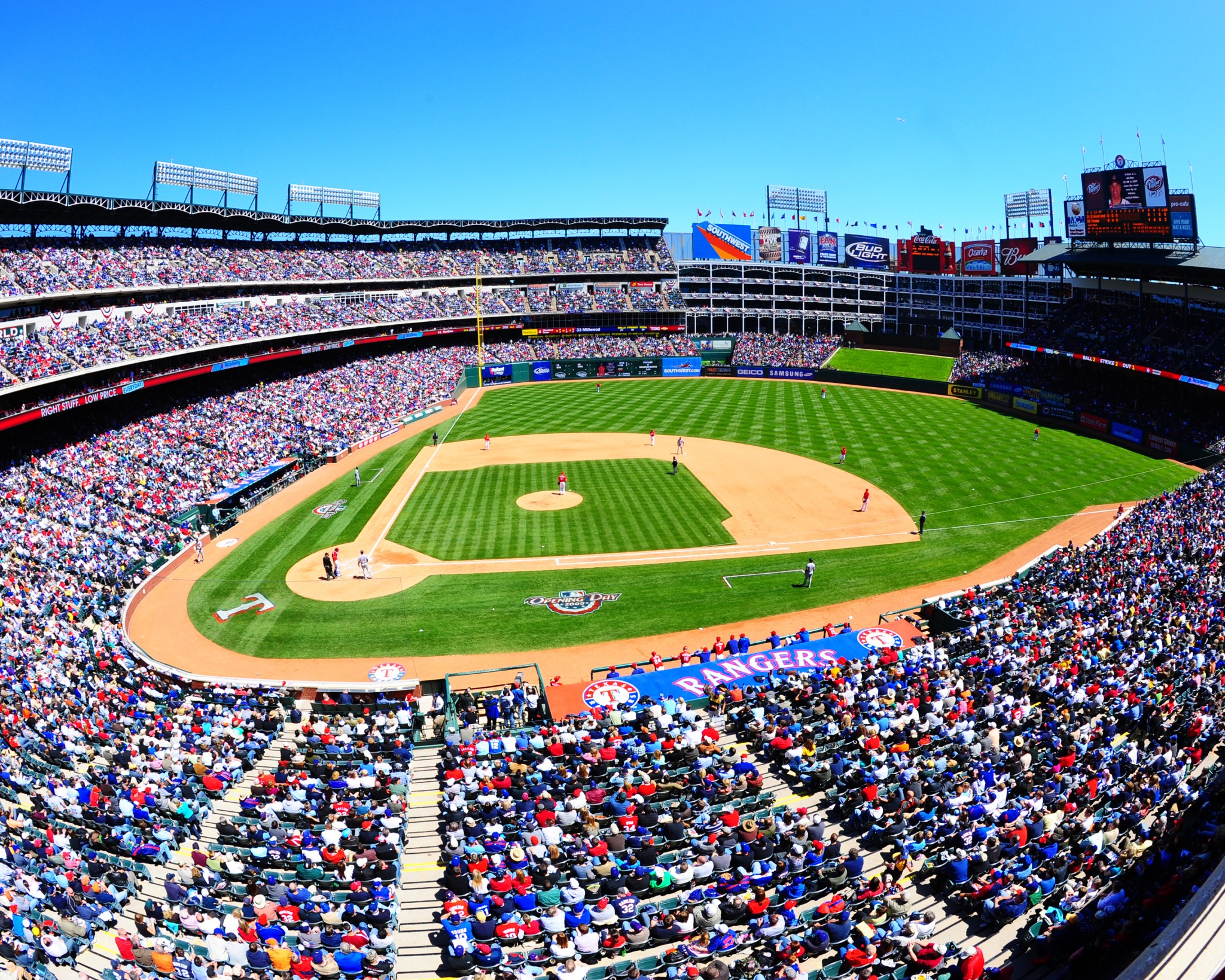


The 2018 edition of NASA’s annual Spinoff publication, released Tuesday, features 49 technologies the agency helped create that are used in almost every facet of modern life. These include innovations that help find disaster survivors trapped under rubble, purify air and surfaces to stop the spread of germs, and test new materials for everything from airplanes to athletic shoes.
“NASA’s work represents an investment in the future, not just for air and space travel, but for the nation,” said Stephen Jurczyk, associate administrator of the Space Technology Mission Directorate in Washington. “At the same time that NASA’s space exploration missions are inspiring young people to become scientists and engineers, the agency’s work in support of those missions is creating jobs for them across many industrial sectors. Commercial technology spun off from NASA research and technology programs, and missions creates new companies, grows the economy, saves money, keeps us safer, and even saves lives.”
In Spinoff 2018, you’ll learn how:
- Ultra-sensitive radar technology used to detect gravity fluctuations was repurposed to identify the vital signs of disaster survivors trapped under rubble;
- A technique developed to preserve plants in a spacecraft led to devices that eliminate bacteria, viruses, molds and volatile organic compounds from air, surfaces and even laundry;
- One company’s work on high-speed stereo photogrammetry for space shuttle analysis now enables low-cost, highly-accurate materials testing to improve designs for everything from running shoes to jetliners.
Other highlights include: artificial intelligence that helps drones avoid collisions and could one day enable self-driving cars; a business jet that is both the fastest and the most efficient in its class; and a computer program that, 50 years after its creation, is still used to design cars, buildings and much more.
“NASA technologies dating as far back as the Apollo missions still are improving our quality of life,” says Daniel Lockney, NASA’s Technology Transfer Program executive. “Meanwhile, innovations made in support of upcoming missions, such as the Orion capsule and the James Webb Space Telescope, are already finding commercial applications. The benefits of the space program continue to accumulate every year.”
The book also features a Spinoffs of Tomorrow section that highlights 20 NASA technologies ripe for commercial application and available for licensing. These include an algae photobioreactor that cleans wastewater while producing biofuels, a revolutionary all-in-one gear and bearing, and the combined technologies of the highly dexterous humanoid robot Robonaut 2.
Spinoff is a part of the agency’s Technology Transfer Program, which is charged with finding the widest possible applications for NASA technology through partnerships and licensing agreements with industry, ensuring that NASA’s investments in its missions and research find additional applications that benefit the nation and the world.
Print and digital versions of Spinoff 2018 are available on the Spinoff website at:
An iPad version of Spinoff 2018, including shortened versions of the stories, multimedia and interactive features, also is available for download in the Apple iTunes store.
For more information about NASA’s Technology Transfer Program, visit:
-end-
Gina Anderson
Headquarters, Washington
202-358-1160
gina.n.anderson@nasa.gov























